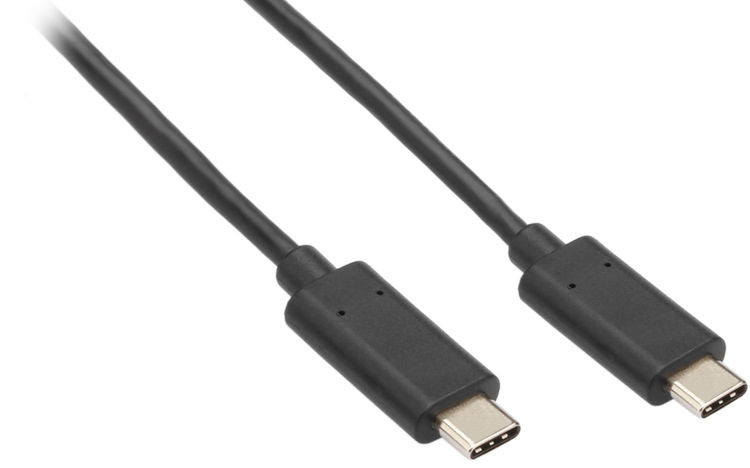
As the nation works toward having a standard charging port for smartphones and other electronic devices by March 2025, the Bureau of Indian Standards (BIS) has now set requirements for USB Type C receptacles, plugs, and cables.
The criteria for the USB Type-C connector, plug, and cables used in smartphones, computers, notebooks, and other devices are in line with worldwide standards, according to the release.
BIS quality standards for USB Type-C charger, digital TV receivers, and Video Surveillance Systems
USB Type-C Cable and Connector
The Indian Standard IS/IEC 62680-1-3:2022 USB Type-C Cable and Connector Specification was released by the Bureau of Indian Standards. IEC 62680-1- 3:2022 is an existing international standard that was adopted by India.
This standard specifies the specifications for USB Type-C ports, plugs, and cables used in a variety of electronic devices, including laptops, notebooks, mobile phones, and others. For the smartphones and other electronic gadgets available for purchase in the nation, this standard would offer universal charging methods.
As a result, consumers would require fewer chargers overall because they wouldn’t need a distinct charger for each new item they purchased. By doing this, the Government of India would be able to further its goal of reducing e-waste and advancing sustainable development.
Digital TV receivers
According to the announcement, TVs made in accordance with this Indian standard would allow reception of Free-To-Air TV and Radio channels simply by attaching a dish antenna with LNB put on a suitable spot, on the building’s rooftop or side wall.
- This will make it easier to spread information on government initiatives, programmes, educational Doordarshan programming, and a collection of Indian culture programmes to a wide segment of the public throughout the entire nation.
- Currently, Doordarshan is working to phase out analogue transmission. Doordarshan will continue to use digital satellite transmission to transmit free-to-air channels.
As a result, television receivers with integrated satellite tuners are required in order to get these free-to-air channels without the need for a set-top box.
Indian Standards for Video Surveillance Systems
A series of Indian Standards (IS 16910) on Video Surveillance Systems for Use in Security Applications has been developed by the Bureau of Indian Standards through its technical committee on Alarms and Electronic Security Systems.
The International Standard IEC 62676 series has been adopted by the IS 16910 series of Standards. The standard gives a thorough breakdown of every aspect of a video surveillance system, including the specifications for the cameras, interfaces, system requirements, and tests to determine the image quality of the cameras. It also provides instructions for a successful system installation.
The press statement went on to say that this set of standards will help customers, installers, and users outline their needs, identify the equipment needed for their intended applications, and provide a way to evaluate the performance of the VSS in an impartial manner. Additionally, this will help to increase the security, sturdiness, and affordability of the monitoring system.

